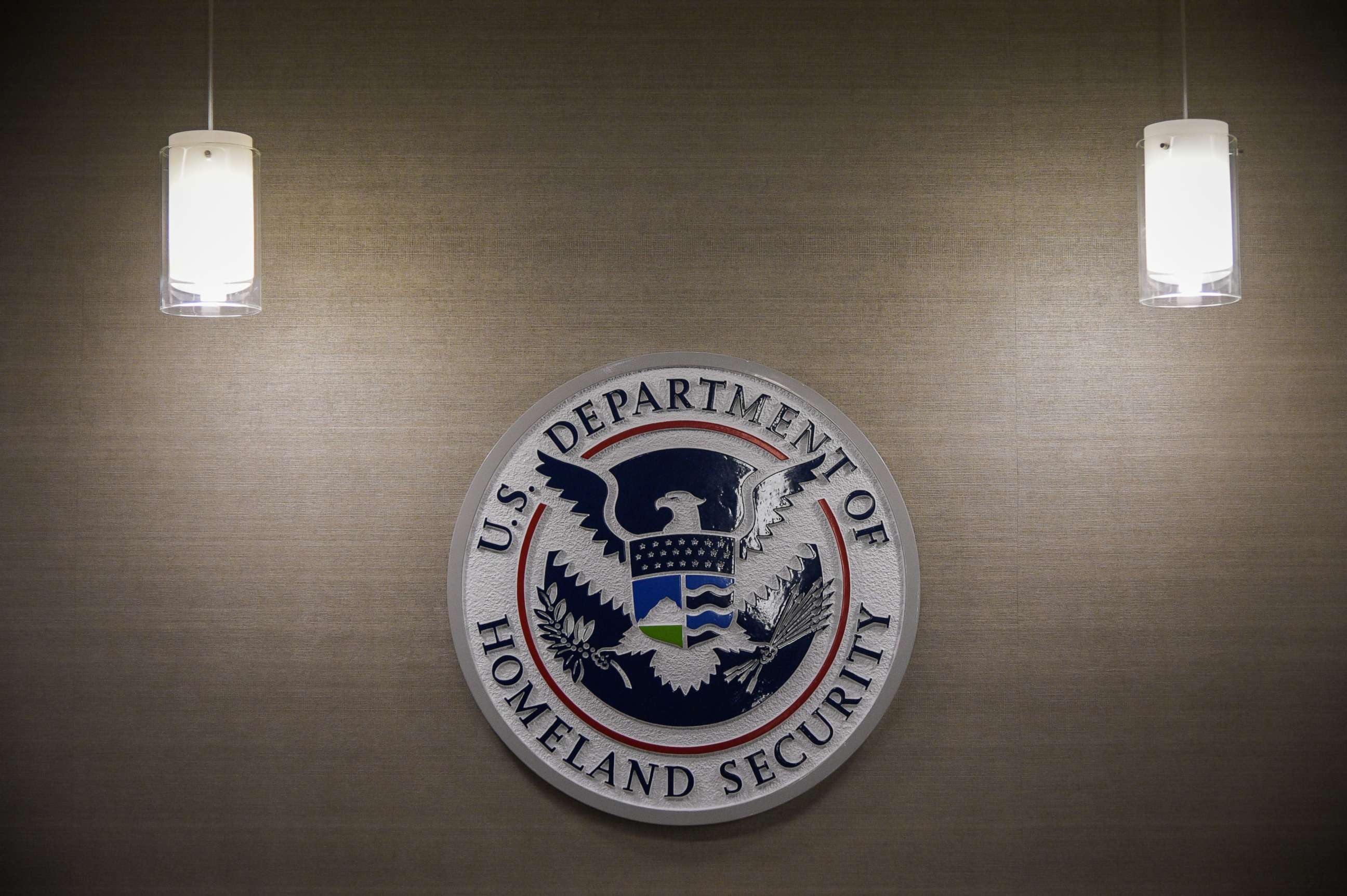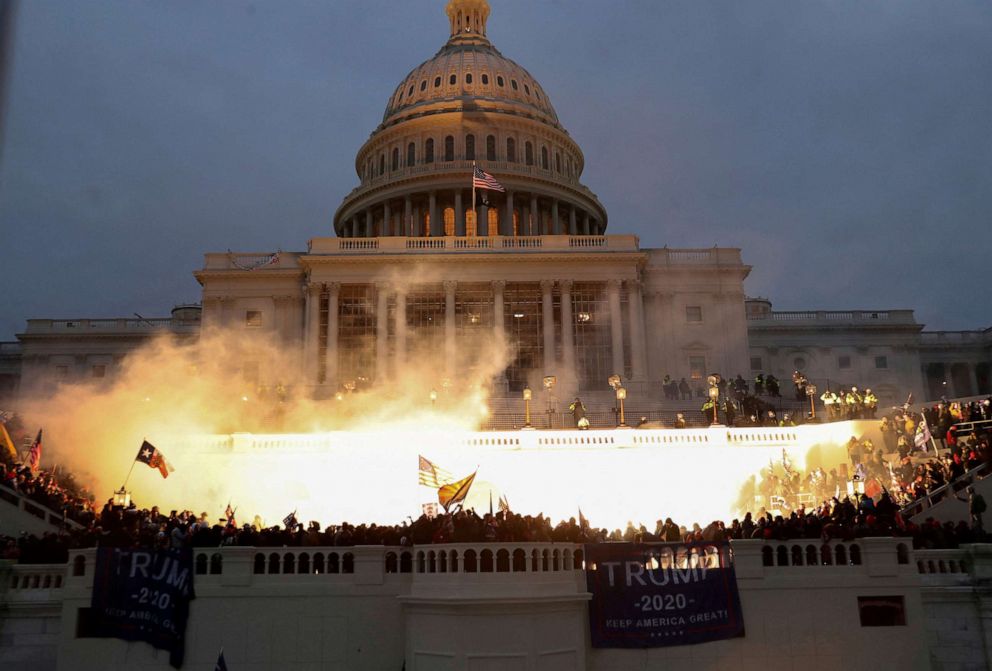DHS 'identified specific threat information' related to Jan. 6: Watchdog
But it didn't communicate it until two days later, an IG report said.
The Department of Homeland Security Office of Intelligence and Analysis "identified specific threat information related to the events on January 6, 2021, but did not issue any intelligence products about these threats until January 8," according to a DHS inspector general report released Tuesday.
"Open source collectors in I&A's Current and Emerging Threats Center collected open source threat information but did not produce any actionable information," the inspector general's report concluded, saying the information was identified "weeks" before the attack on the U.S. Capitol.
The report said that was because of an inexperienced intelligence collector who didn't receive proper training as well as a "hesitancy" to report information after the 2020 summer of unrest.
During the summer of 2020, the unit faced criticism for compiling intelligence on journalists reporting on the events, as well as non-violent protesters.
The report was first reported by CNN.

The mission of the Intelligence and Analysis unit at DHS, according to the IG, is to provide information to state and local law enforcement partners on various issues of national attention.
"I&A's Counterterrorism Mission Center (CTMC) identified indicators that the January 6, 2021 events might turn violent but did not issue an intelligence product outside I&A, even though it had done so for other events," the report said.
They did email information the agency had to local Washington, D.C., law enforcement agencies but that is as far as the communication went, the report said.
On the morning of Jan. 6, the deputy secretary of Homeland Security was briefed on potential violence at the Capitol, but did not disseminate any intelligence products relating to the threat of violence, the inspector general found.
Some of the information collected by the unit were online calls by event organizers to bring weapons to the event and more lethal weapons.
"An individual claimed there would not be enough law enforcement officers to stop the number of armed people arriving in the area," an assessment of the online activity from December 30th says.
In another instance, an I&A intelligence collector messaged colleagues indicating individuals were sharing a map of the U.S. Capitol online.
"I feel like people are actually going to try and hurt politicians. Jan 6th is gonna be crazy, not to mention the inauguration," an unnamed intelligence collector wrote on Jan. 2. A day later, collectors found chatter discussing "hanging politicians," but maintained these threats did not meet their reporting threshold.

Ultimately, according to the inspector general, the collectors did not think storming the Capitol was remotely possible and dismissed these notions.
Comparatively, the inspector general said DHS distributed information on possible violence stemming from the riots in Portland, Oregon, over the summer, but it had less threat indicators than that of perspective violence at the Capitol.
The inspector general also says DHS shared "limited" information with state and local partners. Shortly after the FBI Norfolk office published an intelligence product about individuals who wanted to establish a "quick reaction force" in Northern Virginia, which did prove true according to court documents, I&A analysts shared their information in a limited scope with local law enforcement.
As a response to the inspector general report, I&A is improving their information sharing and training capabilities.
In a message to all Intelligence and Analysis Unit staff, acting Director John Cohen said they are working to strengthen the I&A capabilities.
"We have embarked on many improvements to bolster our intelligence collection and analysis, clarify guidance for intelligence officers, improve information sharing and operational coordination, and identify new resources to combat domestic violent extremism (DVE)," Cohen wrote in an email obtained by ABC News. "We will continue to build on the positive momentum we made in 2021, implement new and necessary changes as we adapt to the next generation of threats, and remain focused on the defense of the Homeland."
"As Secretary Mayorkas has said, the attack on the U.S. Capitol on January 6, 2021 was a violent assault on our democracy. Over the past fourteen months, the U.S. Department of Homeland Security (DHS) has strengthened intelligence analysis, information sharing, and operational preparedness to help prevent acts of violence and keep our communities safe," a DHS spokesperson told ABC News in response to the report's release.
The spokesperson said the agency has increased their information sharing with partners from across government and bringing all the department's resources to bare in ways that "protect privacy, civil rights, and civil liberties, and adhere to applicable laws."




